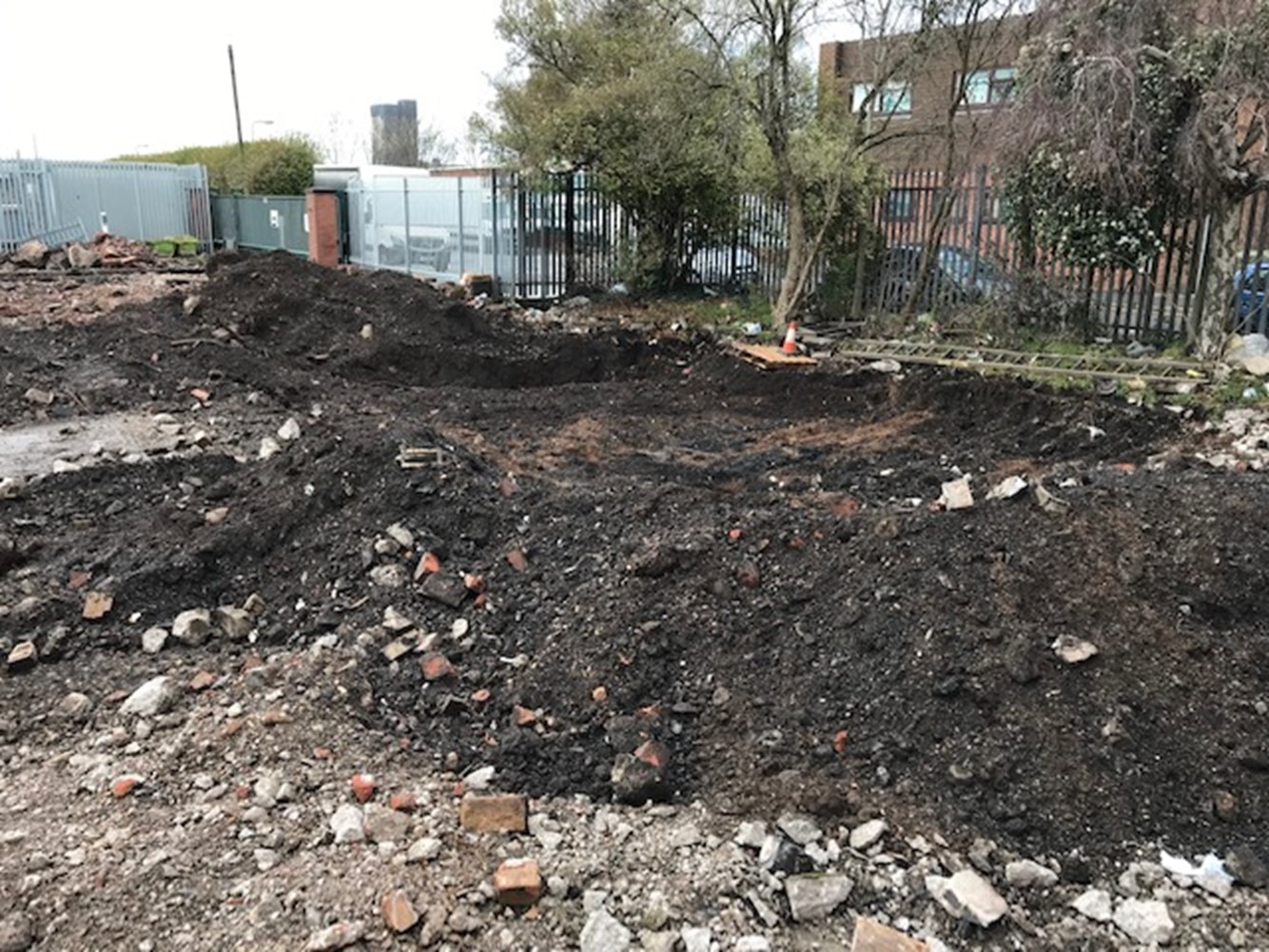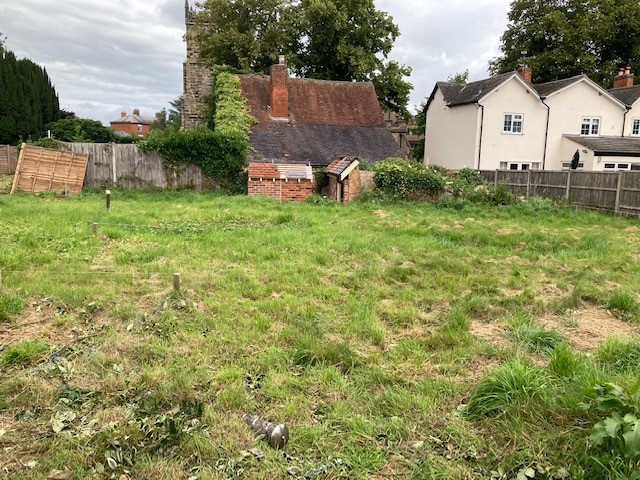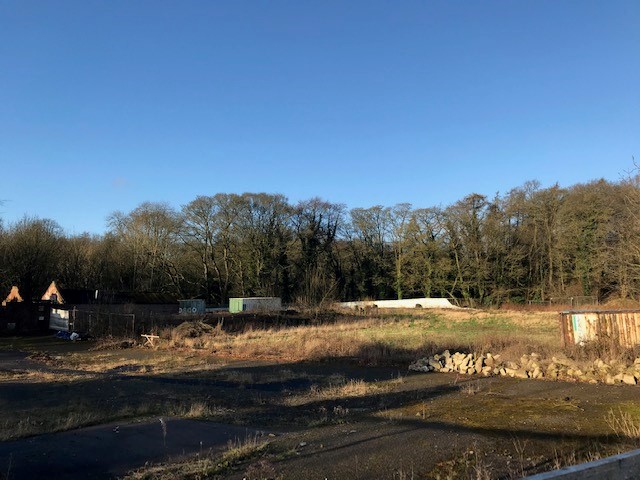
Essentially a Phase I Desk Study or land contamination assessment is an initial report which looks at the potential risk of contamination being present on a development site. Ultimately the significance of potential contamination depends on the use of the land, circumstances of the site, and the scale of impacts to the environment arising from the site or its surroundings. If a potential risk of contaminated land is identified, this will then be assessed against likelihood of exposure/migration to quantify the risk to potential receptors (e.g. humans and the environment) in a conceptual site model.
As the name suggests, the desk study is an unobtrusive investigation based on historic and existing records. It does not include any ground investigation works which can sometimes identify additional hazards or contamination.
However, once completed, the study can make it easier to determine if potential risks exist and what further investigation, if any, is required to assess these.
Typically, a desk study is required when either of the following is planned to occur:
Ideally, a desk study should be undertaken early in the planning or transaction process to be most effective as it can provide early warning of any potential points of contention, delays or potential budget implications with regard to contamination.
A Phase I Desk Study will typically interrogate the following data sources:
The Phase I will then culminate in a conceptual site model which identifies and assesses any of the risks identified in the above reviews and whether these need to be investigated further e.g. with a Phase II Ground Investigation.

Erda Associates Ltd. are chartered environmental surveyors based in Burton-upon-Trent in the Midlands and are suitably qualified to undertake contaminated land surveys nationwide. We pride ourselves on a diligent and swift service and can typically complete a desk study within a week of instruction. The desk study service can be undertaken simultaneously with a Phase II Ground Investigation if client timeframes are tight.
Please do not hesitate to contact us for a competitive quote for a Phase I assessment by clicking here.


Should the desk study identify a potential risk of contamination that could impact future site users or the environment, further works will likely be required. Typically, this will comprise a Phase II ground investigation or contaminated land assessment including intrusive works such as trial pits or boreholes to collect samples of soils and or waters for analysis. The Phase I Report should detail exactly what sort of investigation is required including the sampling strategies for contaminated land. In this case, the desk study is a tool to refine the further investigation works and helps to specifically target the investigation and lab testing at the specific areas of concern identified which save on any unnecessary surplus works.